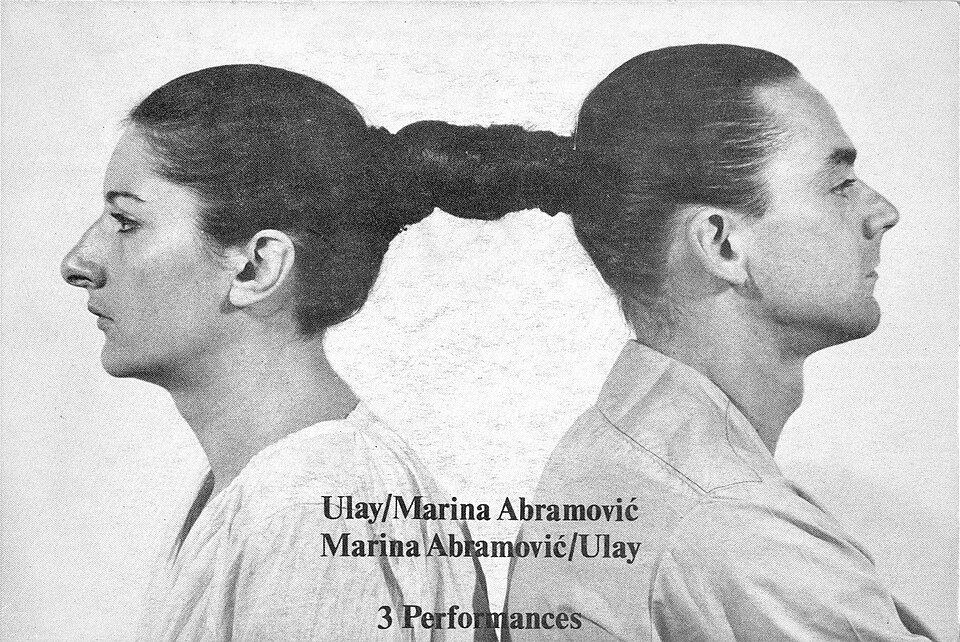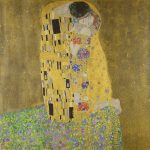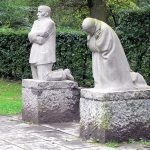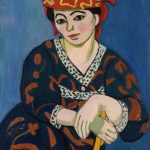
Performance art isn’t just about spectacle; it’s about feeling, connection, and sometimes, heartbreak. Marina Abramović and Ulay are two artists whose lives and love stories were as powerful as the art they created together. Their relationship wasn’t just personal; it was central to their work. As pioneers of performance art, they pushed the boundaries of what art could be, making their partnership a vital force in the world of contemporary art.
The Beginnings: How Marina Abramović and Ulay Met
Marina Abramović and Ulay first met in Amsterdam in the late 1970s. Both were already established artists, but their meeting sparked a connection that would transform their lives and their work. Marina was born in Yugoslavia in 1946, while Ulay, whose real name was Frank Uwe Laysiepen, was born in Germany in 1943. They came from different backgrounds, but they shared a deep commitment to exploring the limits of the human body and mind through art.
From the moment they met, they felt an intense connection. They described it as an almost spiritual bond. Ulay once said, “We had the feeling we were one.” This connection wasn’t just romantic; it was artistic. They immediately began collaborating, creating art that was as much about their relationship as it was about performance. Together, they moved to Amsterdam and began a period of intense creativity.
Their early works together were raw, emotional, and often physically demanding. They were interested in how far they could push their bodies and minds. This was the beginning of a partnership that would last for over a decade, during which they created some of the most memorable and challenging performance art of the 20th century.
The Art of Boundaries: Exploring Physical and Emotional Limits
Marina and Ulay were fascinated by boundaries—both physical and emotional. They believed that by pushing these boundaries, they could discover new truths about themselves and about human nature. Their performances often involved extreme physical challenges that tested their endurance and their relationship.
One of their most famous performances was “Breathing In/Breathing Out” (1977). In this piece, they pressed their mouths together and took turns breathing in and out of each other’s lungs until they nearly passed out. The performance lasted 19 minutes, during which they both became visibly distressed. It was a powerful metaphor for the symbiotic nature of their relationship and the thin line between life and death.
Another performance, “Relation in Time” (1977), involved the two of them sitting back-to-back with their hair tied together. They sat in this position for 17 hours, at first alone and then in front of an audience. The performance was a meditation on the passage of time, the strength of their connection, and the endurance required to maintain it.
Their work also explored the boundaries of trust and vulnerability. In “Rest Energy” (1980), Marina and Ulay stood opposite each other, with Ulay holding a bow and arrow aimed at Marina’s heart. The performance lasted four minutes, with the tension of the bowstring symbolizing the tension in their relationship. At any moment, the arrow could have been released, ending the performance and their lives. It was a stark representation of the trust and risk involved in their partnership.
The Relationship: Love, Collaboration, and Conflict
While Marina and Ulay’s work was groundbreaking, their relationship was complex and often tumultuous. They lived together in a van, traveling across Europe and creating art wherever they went. Their lifestyle was unconventional, and their relationship was passionate but also filled with conflict. They were both strong-willed and often clashed, both personally and artistically.
Despite the conflicts, their love for each other and their shared commitment to art kept them together. Their relationship was not just romantic; it was a deep artistic collaboration that inspired some of their most famous works. They believed that their connection made them stronger as artists and allowed them to create art that neither could have made alone.
However, as the years went on, the tensions in their relationship began to take their toll. The intensity of their work and the constant pressure of living and creating together led to growing strain. They began to drift apart, both personally and artistically. By the mid-1980s, their relationship was in trouble, and they both knew that something had to change.
The Great Wall Walk: The End of a Partnership
In 1988, Marina and Ulay undertook their final collaborative project, “The Lovers: The Great Wall Walk.” This performance was their way of saying goodbye to each other and to their artistic partnership. For this piece, they planned to walk the Great Wall of China, starting at opposite ends and meeting in the middle.
The project was symbolic of their relationship. It was a long, difficult journey, just like their time together. They each walked 2,500 kilometers over the course of three months. When they finally met in the middle, they embraced, said goodbye, and went their separate ways. This marked the end of their romantic and artistic relationship.
The Great Wall Walk was a powerful statement about the end of a partnership that had defined both their lives and their careers. It was also a fitting conclusion to their years of collaboration, as it encapsulated the themes of distance, separation, and endurance that had always been present in their work.
Life After the Breakup: Moving On as Individual Artists
After their breakup, both Marina and Ulay continued to have successful careers as individual artists. Marina became even more famous, known for her large-scale performances that often involved the audience in profound ways. Her work continued to explore themes of endurance, pain, and the limits of the human body.
Ulay, on the other hand, focused on more intimate and personal projects. He returned to photography, a medium he had worked with before meeting Marina. His later work often reflected on his time with Marina, as well as on broader themes of identity and memory.
Despite their separation, both artists acknowledged the impact they had on each other’s careers. Marina once said, “I learned everything from Ulay.” Their time together had shaped them both as artists, and the influence of their collaboration could still be seen in their later work.
The Reunion: A Powerful Moment of Closure
In 2010, Marina and Ulay had a public reunion that became one of the most talked-about moments in the art world. During Marina’s performance “The Artist Is Present” at the Museum of Modern Art in New York, Ulay made a surprise appearance. In this performance, Marina sat silently at a table, inviting visitors to sit across from her and share a moment of silence.
When Ulay sat down, the tension in the room was palpable. Marina’s eyes filled with tears, and they reached out to hold hands across the table. The audience was moved by this moment, which seemed to provide a sense of closure to their long and complicated relationship.
This reunion was not planned, but it was a powerful reminder of the deep connection they had shared. It also showed that, despite their breakup, the bond between them was still strong. The moment went viral, with many people around the world feeling touched by the raw emotion displayed by the two artists.
The Legacy of Marina Abramović and Ulay
Marina Abramović and Ulay’s partnership left a lasting legacy in the world of performance art. Their work together pushed the boundaries of what art could be, and their intense, often difficult relationship was central to their creative process. They showed that art could be more than just an object; it could be an experience, a connection, and a way to explore the deepest parts of the human condition.
Their performances continue to inspire artists today. The themes they explored—trust, endurance, vulnerability, and the limits of the human body—are still relevant in contemporary art. Marina’s solo work, in particular, has continued to evolve, but the influence of her time with Ulay remains evident in many of her pieces.
Ulay’s work also continues to be recognized for its emotional depth and innovative use of photography. Together, they created a body of work that remains one of the most significant contributions to performance art in the 20th century. Their legacy is not just in the art they created but also in the way they lived their lives as artists, constantly pushing boundaries and challenging themselves and each other.
Conclusion: Love and Art Intertwined
Marina Abramović and Ulay’s story is one of love, art, and the power of collaboration. Their relationship was central to their work, and their work was central to their relationship. They showed that art could be a way to explore the most profound aspects of human experience, and their performances remain some of the most powerful and memorable in the history of contemporary art.
Their story is a reminder that art is not just about creating objects but about creating experiences that can touch people’s lives. Marina and Ulay’s partnership may have ended, but their influence continues to resonate, inspiring artists and audiences alike to think about the connections between love, life, and art in new and meaningful ways.




